Optimal Timing for Waterproofing Projects
Waterproofing is a critical process to protect structures from water intrusion and damage. The timing of waterproofing projects significantly impacts their effectiveness and longevity. Proper scheduling ensures optimal adhesion and durability, preventing costly repairs in the future.
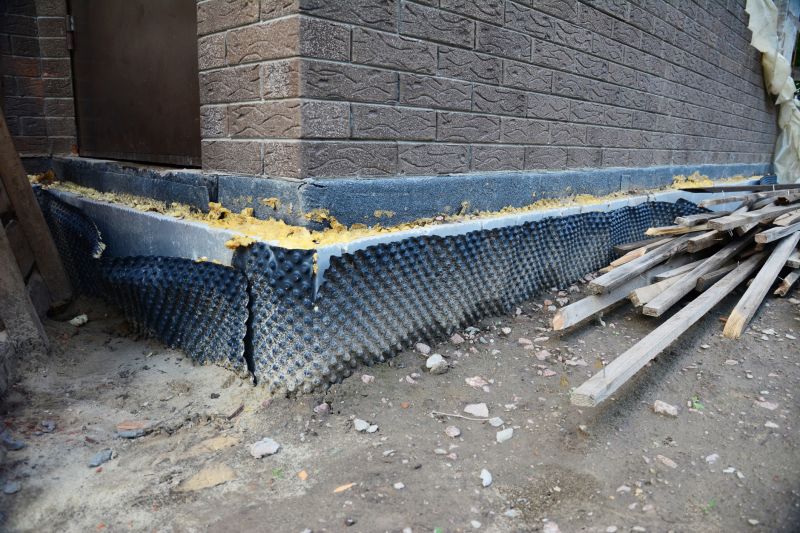
Ways to make Waterproofings work in tight or awkward layouts.
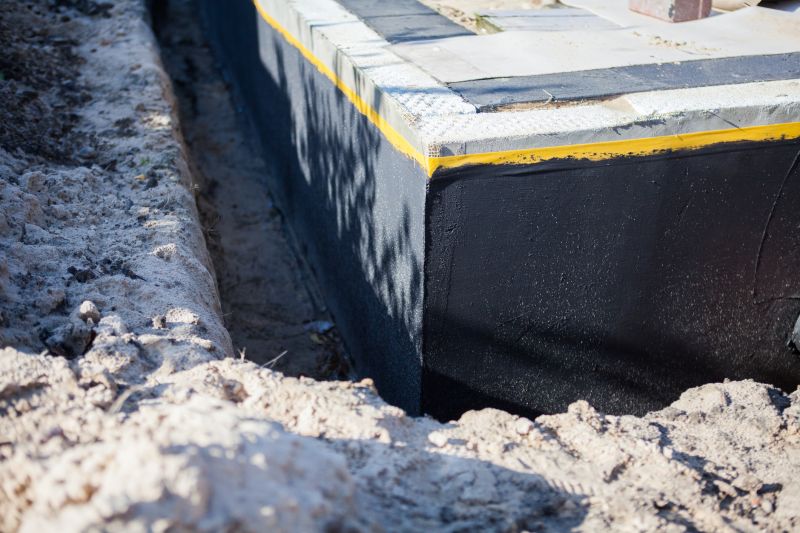
Popular materials for Waterproofings and why they hold up over time.

Simple add-ons that improve Waterproofings without blowing the budget.
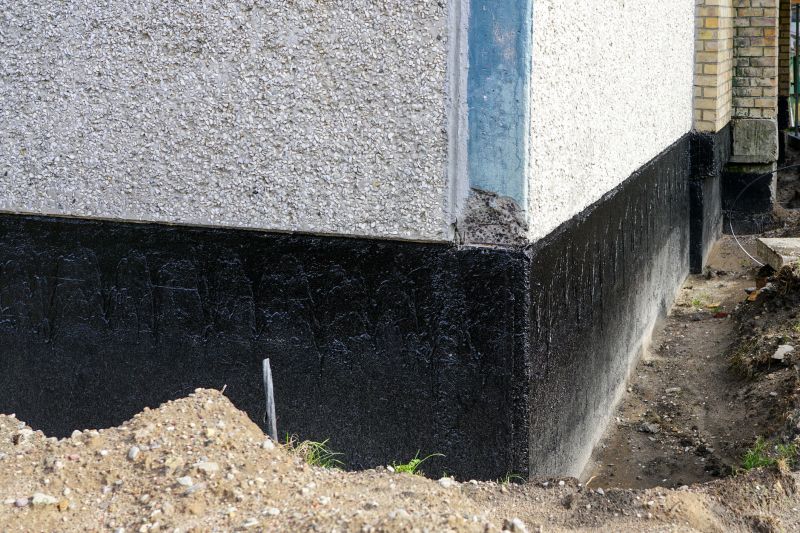
High-end options that actually feel worth it for Waterproofings.

Finishes and colors that play nicely with Waterproofings.

Little measurements that prevent headaches on Waterproofings day.
Waterproofings involve applying protective barriers to prevent water penetration in various structures, including foundations, roofs, and basements. Properly timed waterproofing can extend the lifespan of a building and reduce maintenance costs. Statistics indicate that waterproofing failures are responsible for a significant percentage of structural damages, emphasizing the importance of choosing the right time for application.
Effective waterproofing depends on environmental conditions, material properties, and proper application techniques. Selecting the appropriate season ensures optimal adhesion, curing, and performance. For instance, avoiding waterproofing during freezing conditions prevents issues such as cracking and poor bonding.
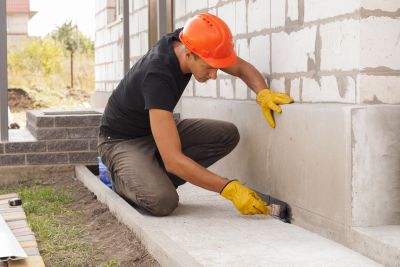
A 60-second routine that keeps Waterproofings looking new.
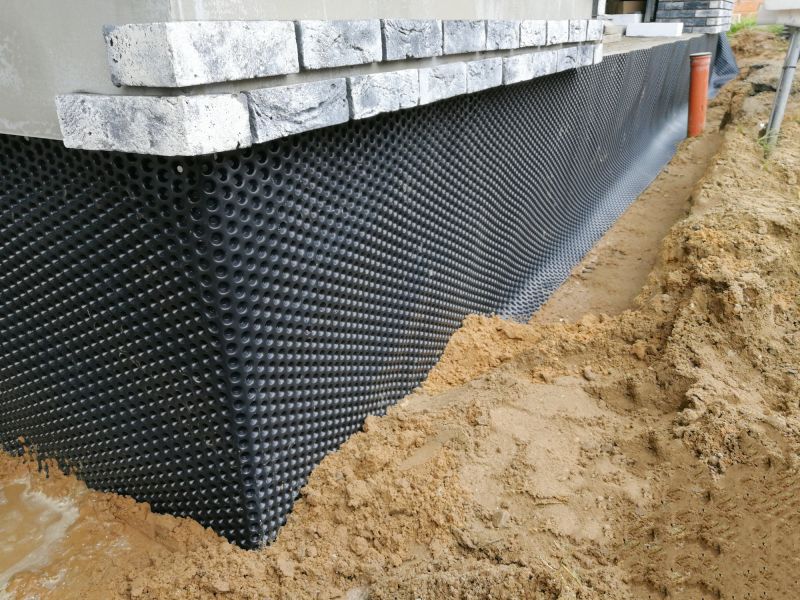
A frequent mistake in Waterproofings and how to dodge it.
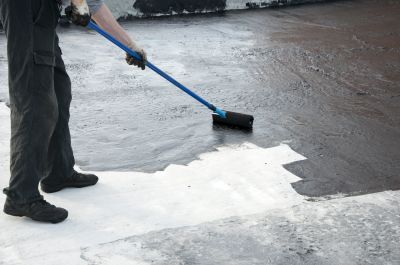
Small tweaks to make Waterproofings safer and easier to use.

Lower-waste or water-saving choices for Waterproofings.
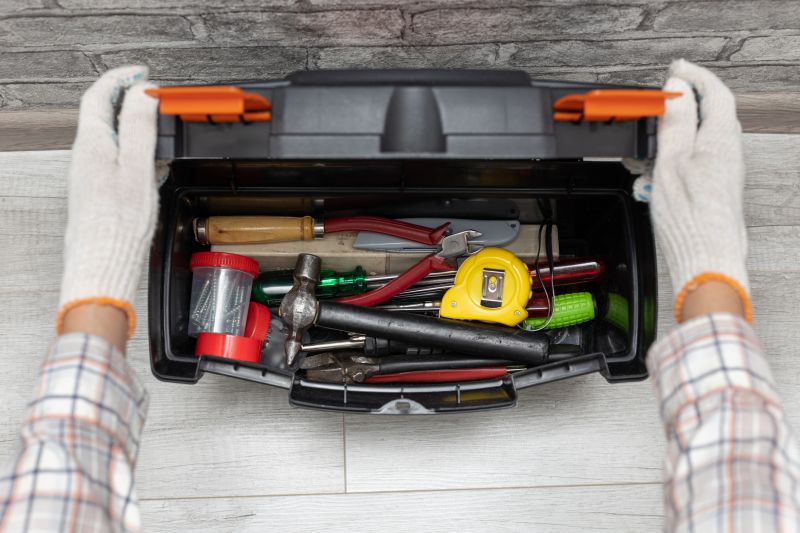
The short, realistic tool list for quality Waterproofings.
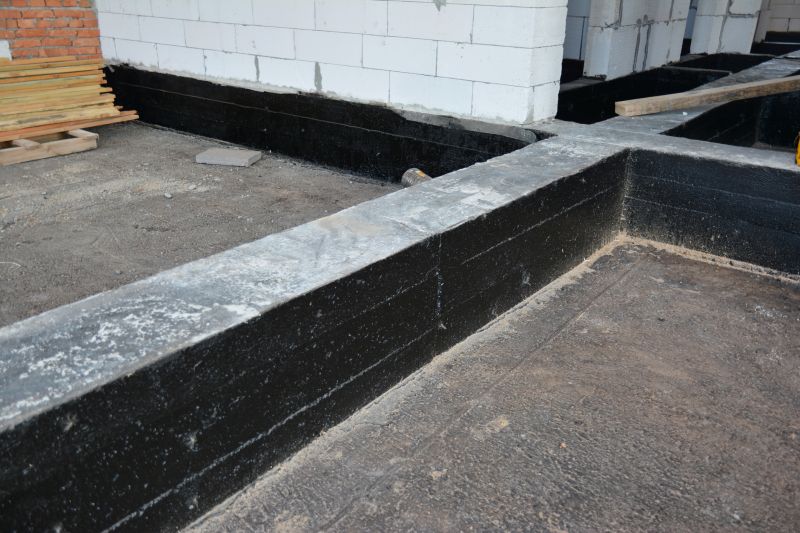
Rough timing from prep to clean-up for Waterproofings.
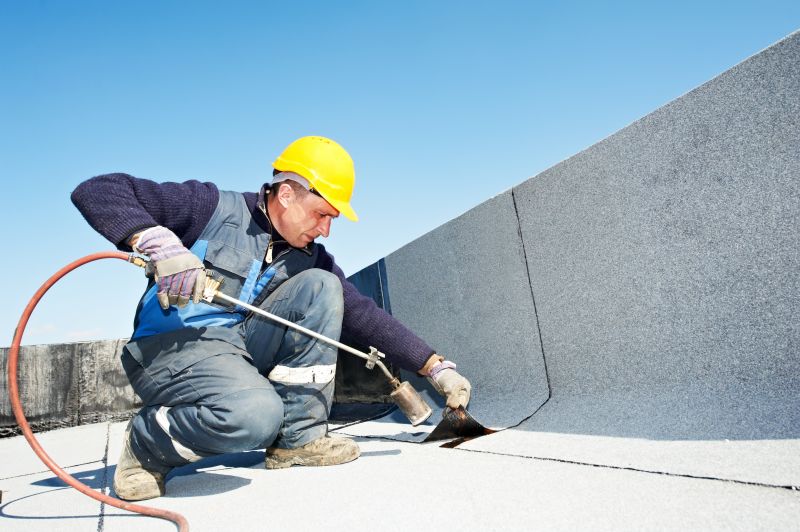
Quick checks and paperwork to keep after Waterproofings.

Examples that show the impact a good Waterproofings can make.
| Season | Optimal Conditions |
|---|---|
| Spring | Moderate temperatures, low humidity, minimal rain |
| Summer | Warm, dry days with low humidity |
| Fall | Cooler temperatures, less rainfall |
| Winter | Freezing temperatures, high moisture - not recommended |
Timing waterproofing projects appropriately enhances their effectiveness and longevity. Understanding seasonal conditions helps prevent application issues such as poor adhesion, cracking, or incomplete curing. Consulting with waterproofing professionals can provide guidance tailored to specific structural needs and local climate patterns.

